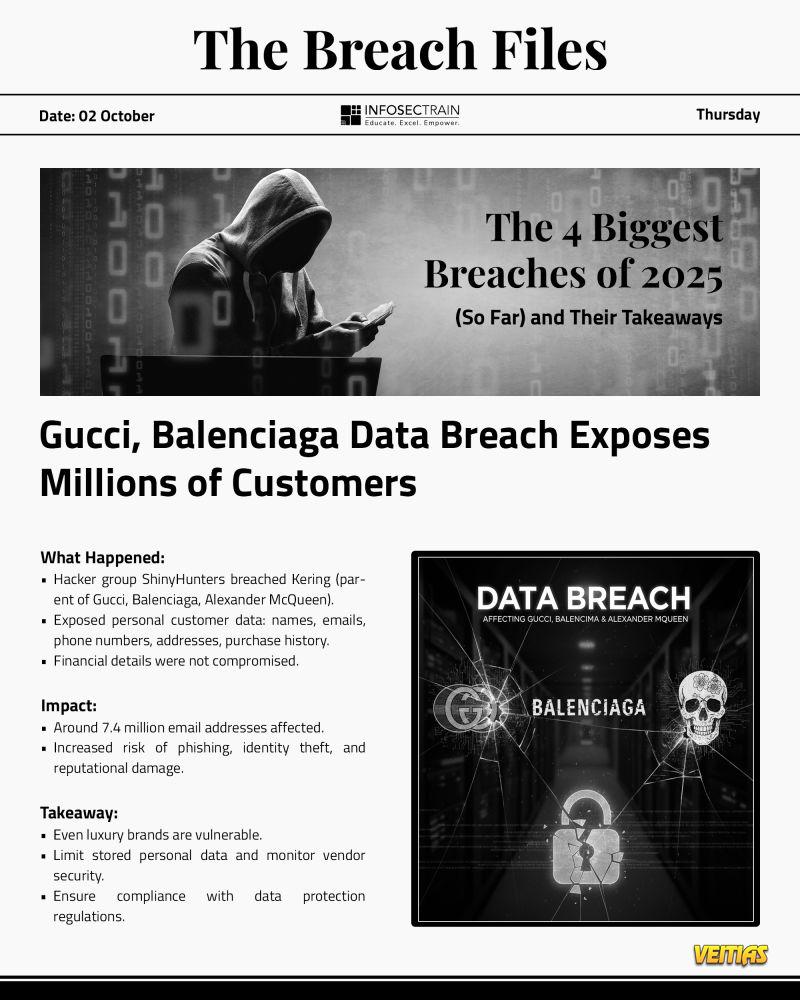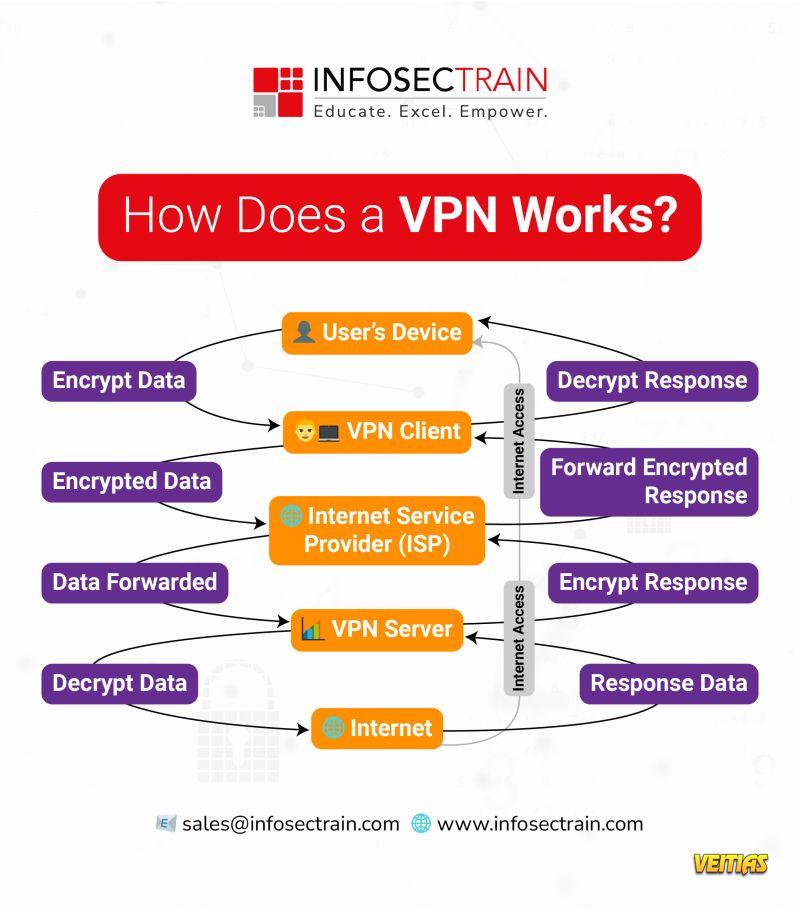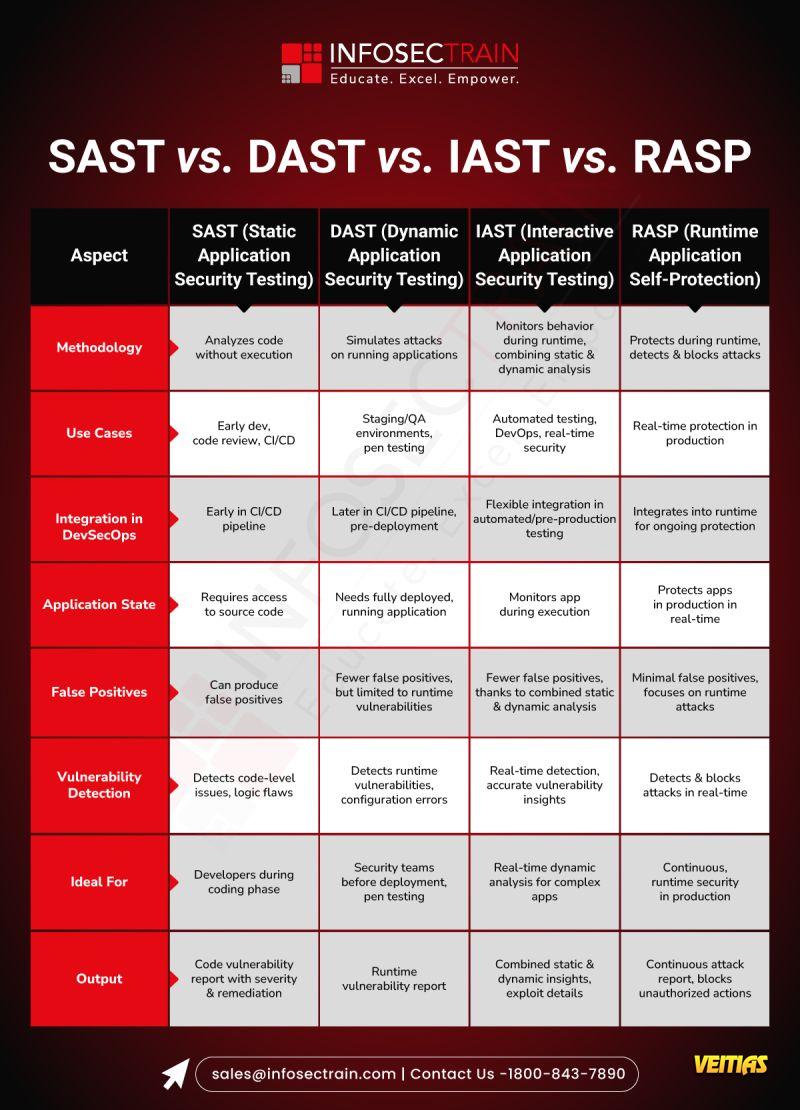𝐖𝐡𝐲 𝐂𝐡𝐨𝐨𝐬𝐞 𝐭𝐡𝐞 𝐑𝐞𝐝 𝐓𝐞𝐚𝐦 𝐎𝐩𝐞𝐫𝐚𝐭𝐢𝐨𝐧𝐬 𝐓𝐫𝐚𝐢𝐧𝐢𝐧𝐠 𝐂𝐨𝐮𝐫𝐬𝐞 𝐟𝐫𝐨𝐦 𝐈𝐧𝐟𝐨𝐬𝐞𝐜𝐭𝐫𝐚𝐢𝐧?
As cyberattacks become more sophisticated, organizations are moving away from reactive defense and toward active offense, and that’s where 𝐑𝐞𝐝 𝐓𝐞𝐚𝐦 𝐩𝐫𝐨𝐟𝐞𝐬𝐬𝐢𝐨𝐧𝐚𝐥𝐬 come in.
Infosec Train 𝐑𝐞𝐝 𝐓𝐞𝐚𝐦 𝐎𝐩𝐞𝐫𝐚𝐭𝐢𝐨𝐧𝐬 𝐓𝐫𝐚𝐢𝐧𝐢𝐧𝐠 𝐜𝐨𝐮𝐫𝐬𝐞 allows cybersecurity experts to play the role of attackers, identify weaknesses in security measures, and strengthen the security of organizations from within.
𝐑𝐞𝐚𝐝 𝐭𝐡𝐞 𝐝𝐞𝐭𝐚𝐢𝐥𝐞𝐝 𝐚𝐫𝐭𝐢𝐜𝐥𝐞 𝐡𝐞𝐫𝐞: https://www.infosectrain.com/blog/why-choose-the-red-team-operations-training-course-from-infosectrain/
#RedTeam #CyberSecurity #OffensiveSecurity #EthicalHacking #RedTeamOperations #PenTesting #InfoSecTrain #CyberDefense #HackTheHackers #CareerInCyberSecurity #CyberAwareness
As cyberattacks become more sophisticated, organizations are moving away from reactive defense and toward active offense, and that’s where 𝐑𝐞𝐝 𝐓𝐞𝐚𝐦 𝐩𝐫𝐨𝐟𝐞𝐬𝐬𝐢𝐨𝐧𝐚𝐥𝐬 come in.
Infosec Train 𝐑𝐞𝐝 𝐓𝐞𝐚𝐦 𝐎𝐩𝐞𝐫𝐚𝐭𝐢𝐨𝐧𝐬 𝐓𝐫𝐚𝐢𝐧𝐢𝐧𝐠 𝐜𝐨𝐮𝐫𝐬𝐞 allows cybersecurity experts to play the role of attackers, identify weaknesses in security measures, and strengthen the security of organizations from within.
𝐑𝐞𝐚𝐝 𝐭𝐡𝐞 𝐝𝐞𝐭𝐚𝐢𝐥𝐞𝐝 𝐚𝐫𝐭𝐢𝐜𝐥𝐞 𝐡𝐞𝐫𝐞: https://www.infosectrain.com/blog/why-choose-the-red-team-operations-training-course-from-infosectrain/
#RedTeam #CyberSecurity #OffensiveSecurity #EthicalHacking #RedTeamOperations #PenTesting #InfoSecTrain #CyberDefense #HackTheHackers #CareerInCyberSecurity #CyberAwareness
𝐖𝐡𝐲 𝐂𝐡𝐨𝐨𝐬𝐞 𝐭𝐡𝐞 𝐑𝐞𝐝 𝐓𝐞𝐚𝐦 𝐎𝐩𝐞𝐫𝐚𝐭𝐢𝐨𝐧𝐬 𝐓𝐫𝐚𝐢𝐧𝐢𝐧𝐠 𝐂𝐨𝐮𝐫𝐬𝐞 𝐟𝐫𝐨𝐦 𝐈𝐧𝐟𝐨𝐬𝐞𝐜𝐭𝐫𝐚𝐢𝐧?
As cyberattacks become more sophisticated, organizations are moving away from reactive defense and toward active offense, and that’s where 𝐑𝐞𝐝 𝐓𝐞𝐚𝐦 𝐩𝐫𝐨𝐟𝐞𝐬𝐬𝐢𝐨𝐧𝐚𝐥𝐬 come in.
✅ Infosec Train 𝐑𝐞𝐝 𝐓𝐞𝐚𝐦 𝐎𝐩𝐞𝐫𝐚𝐭𝐢𝐨𝐧𝐬 𝐓𝐫𝐚𝐢𝐧𝐢𝐧𝐠 𝐜𝐨𝐮𝐫𝐬𝐞 allows cybersecurity experts to play the role of attackers, identify weaknesses in security measures, and strengthen the security of organizations from within.
👉 𝐑𝐞𝐚𝐝 𝐭𝐡𝐞 𝐝𝐞𝐭𝐚𝐢𝐥𝐞𝐝 𝐚𝐫𝐭𝐢𝐜𝐥𝐞 𝐡𝐞𝐫𝐞: https://www.infosectrain.com/blog/why-choose-the-red-team-operations-training-course-from-infosectrain/
#RedTeam #CyberSecurity #OffensiveSecurity #EthicalHacking #RedTeamOperations #PenTesting #InfoSecTrain #CyberDefense #HackTheHackers #CareerInCyberSecurity #CyberAwareness
0 Kommentare
0 Anteile
1582 Ansichten
0 Vorschau











